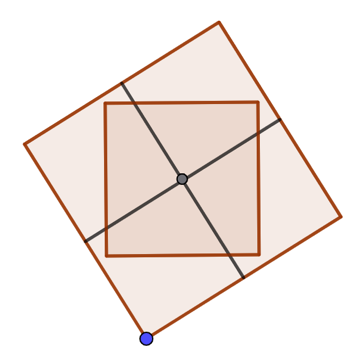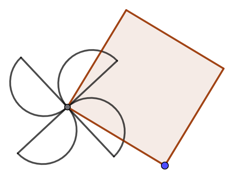Here's a little proverb you surely ought to know,
Horses sweat and men perspire but ladies only glow.
—Traditional
I heard someone say they were "sweating like a pig" and wondered where this expression came from. Pigs don't sweat you see; according to Wikipedia not many kinds of animal do. Dogs and cats can only sweat through their paws but rely a lot on panting to keep cool, especially dogs.
This set me wondering about birds too. The RSPB lists a number of ways they can thermoregulate, including
- Staying in the shade
- Panting (I didn't know birds pant but they do)
- Using birds-baths and fountains
- Restricting activity to the cooler parts of the day
There have been suggestions that some birds keep cool by flying higher, where the air is cooler, but this is uncertain. There is also something with the exotic name of "gular fluttering", practised by herons and cormorants (for example), which involves the birds fluttering the insides of their throats accompanied by rapid breathing.
And what of sweating like a pig? According to this website the phrase appeared in the Morning Post from Wednesday 10 November 1824, applied to a boxer, but this doesn't cast any light on the origins of the phrase. Many sources seem to link it to pig-iron, which the OED says is
"Cast iron as first obtained from a smelting furnace, in the form of oblong blocks"
and this quote shows why the term pig is applied
-
1806
The lateral moulds or channels are called pigs; and hence cast-iron receives the appellation of pig-iron.
The main channel is the sow you see and the side channels the pigs. This seems fairly convincing, but where does sweat come in? The suggestion is that as the iron cooled down condensation formed on it and resembled sweat, but this awakes the sceptic in me, I don't find it very believable. Why would the hot iron cool below the temperature of the surrounding air and condensation form?
I tend to go with the website referred to above, which suggests pigs are often considered dirty (this is, ironically, because they wallow in mud to keep cool) and from that pig has become a pejorative term, which was then attached to something else (sweat) considered disagreeable or nasty.




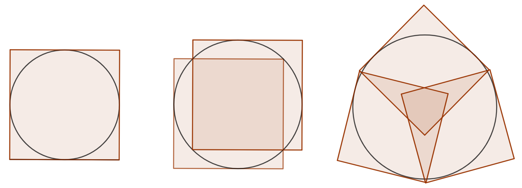

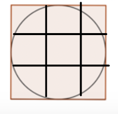

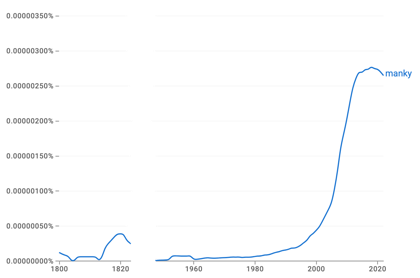


 . The ranger stations are at the midpoints of the diameters (blue dots) and the further distance of travel ever needed is
. The ranger stations are at the midpoints of the diameters (blue dots) and the further distance of travel ever needed is  ≈ 0.504s.
≈ 0.504s.







